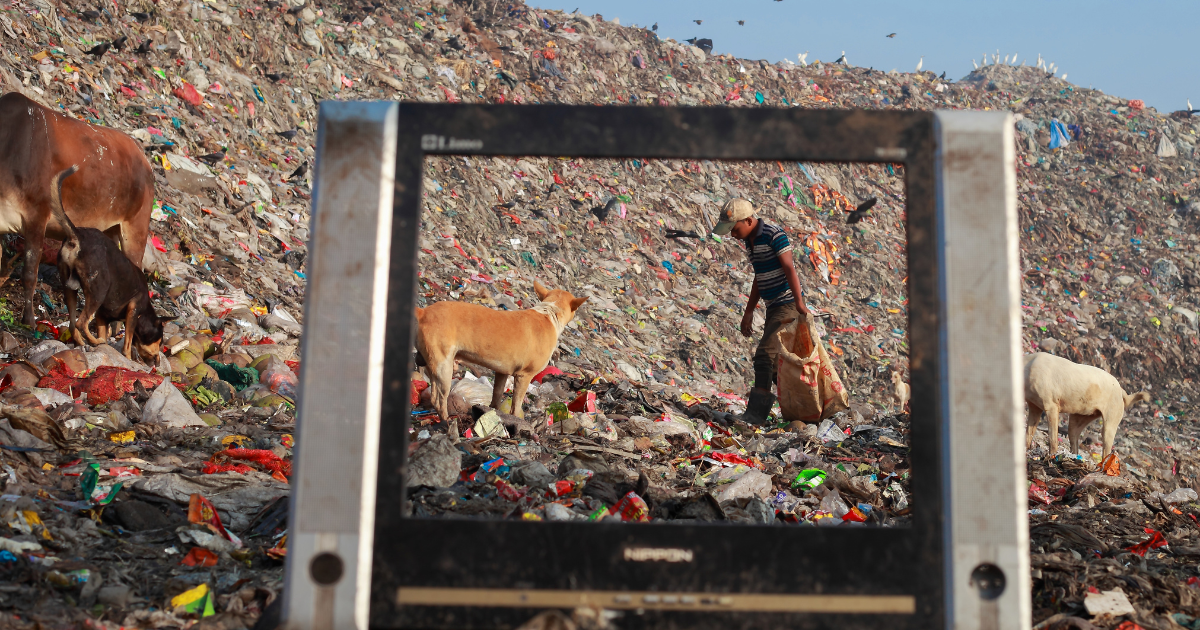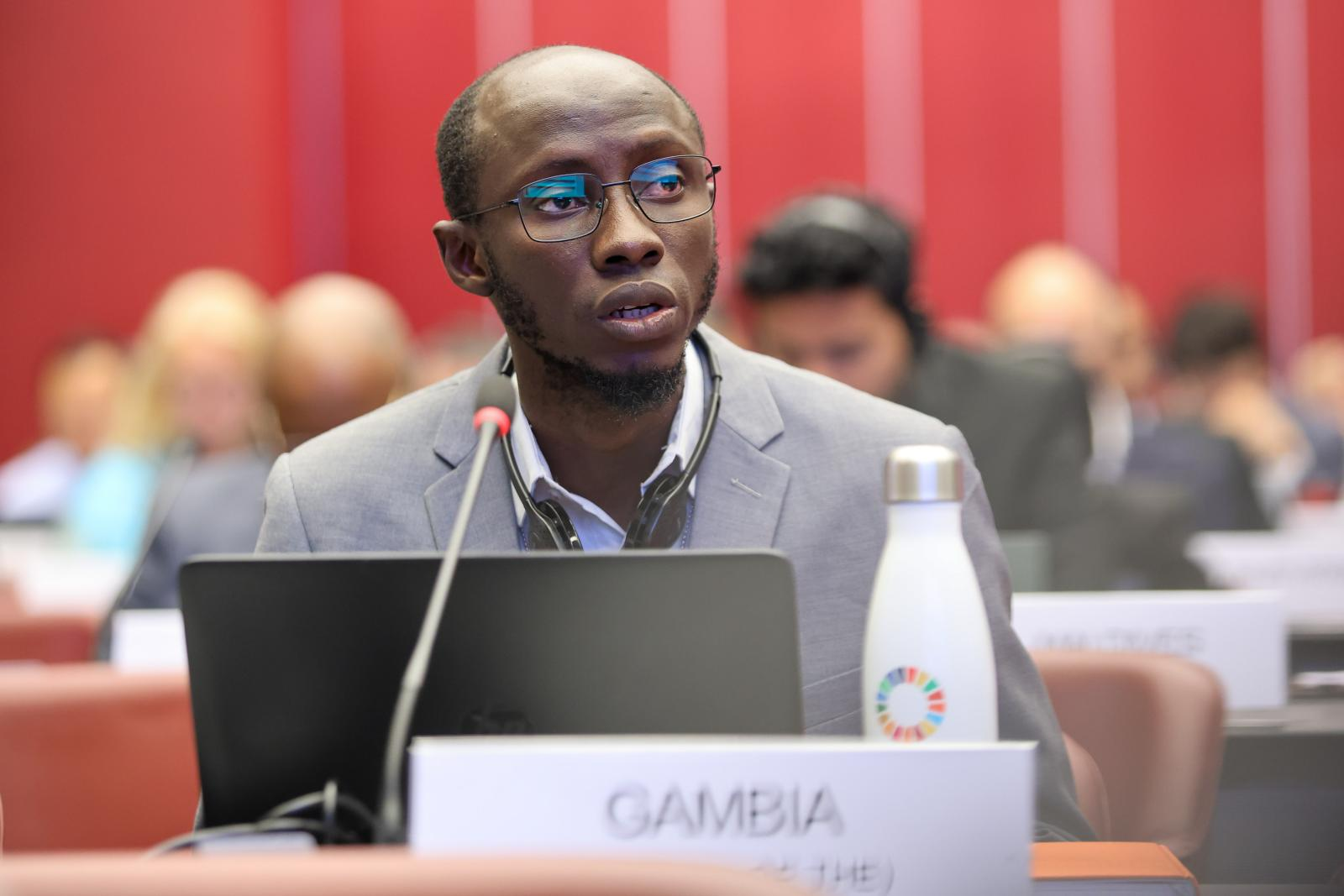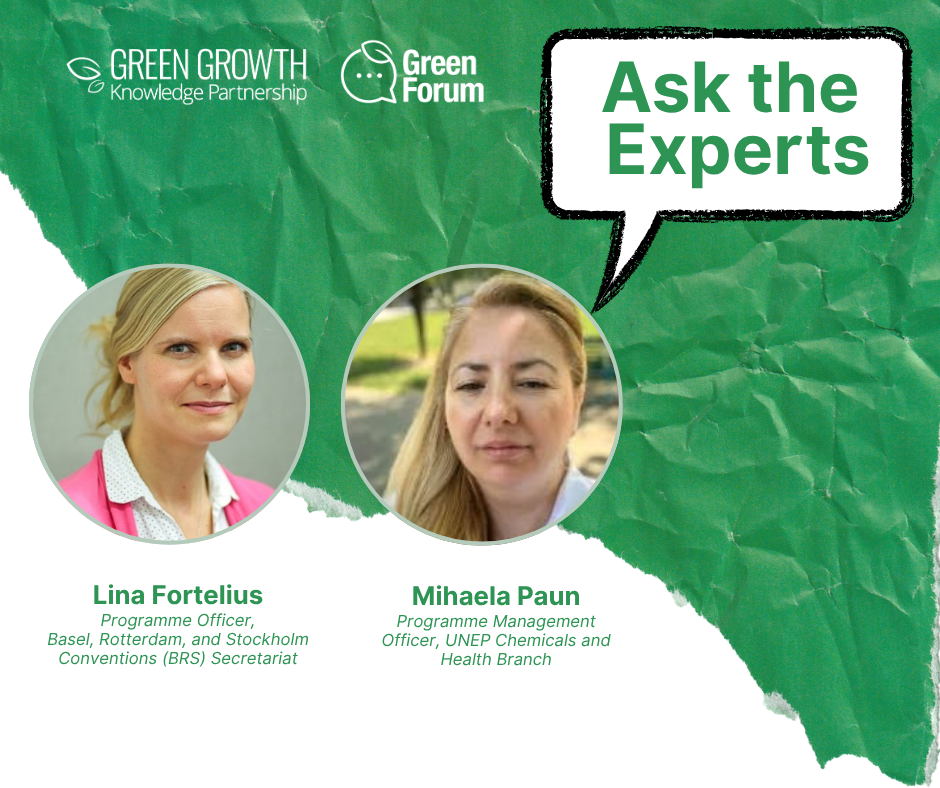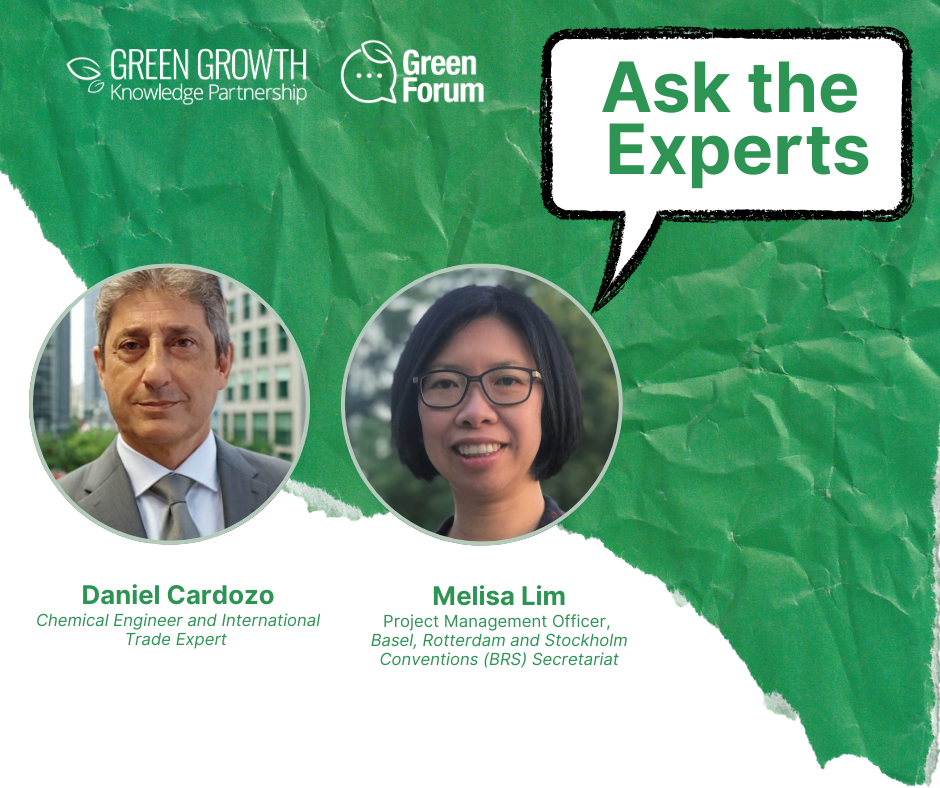
As global interest in the circular economy grows, a critical reality is often overlooked: the essential role of informal waste workers. Without their meaningful inclusion, the promise of a truly green and just transition will remain unfulfilled.
In a conversation with The Green Forum, Raja Asvanon and Chloe Pottinger-Glass from the Stockholm Environment Institute (SEI) Asia shared their research and reflections on why informal workers must be at the heart of circular economy strategies—not left at the margins.
Beyond Technology: Recognizing the Human Core of Circularity
"Technological innovation alone isn't enough," Pottinger-Glass, SEI Research Fellow, emphasized. "A circular economy is deeply social."
Research conducted by SEI in Thailand revealed that informal waste workers are responsible for recovering much of the recyclable material circulating through the economy—yet their work remains undervalued and unsupported.
According to Asvanon, SEI Research Associate, explained, a real and impactful circular system cannot be confined to industries alone. "It’s sector-wide," he said. "Circularity relies on social capital—the people who retrieve, sort, and return materials—and this needs to be recognized alongside industrial innovation."
Without acknowledging this human dimension, circular economy models risk perpetuating the same inequalities they aim to resolve.
Persistent Barriers to Inclusion
In Thailand, Pottinger-Glass noted a reluctance from municipal authorities to integrate informal workers. "There's a perception that they just cherry-pick valuable waste and leave the rest," she said. This mindset results in new formal waste systems that ignore or even undermine existing informal networks.
Asvanon added that global trade patterns further complicate matters. Imported plastic waste can stabilize recycling industries by increasing available materials but can also disrupt local economies. "The global waste trade creates bigger questions," he said. "Is it fair for developing countries to become recycling hubs for others despite having the recycling infrastructure to manage the imported waste?"
Moreover, he warned that focusing purely on industrial efficiency could sideline worker rights. "Creating decent work and creating a competitive circular economy are not necessarily the same thing," Asvanon explained. "We must ask: can a circular economy deliver decent work and still drive competitiveness? It must strive to do both."
Invisible Risks: Health Hazards for Informal Workers
While informal waste workers primarily handle household recyclables like plastic, paper, and glass, they are not immune to health risks. Batteries, medical equipment, and other hazardous materials often find their way into the waste stream.
Asvanon recalled cases where improperly discarded medical devices exposed informal recyclers to heavy metals like cadmium. "They're not covered by formal health systems," he said. "Their exposure to hazardous chemicals, although often overlooked, is a real concern."
Pottinger-Glass referenced related SEI research highlighting outdoor workers’ severe air pollution exposure—a reminder that occupational safety must be integral to any truly circular system.
Pathways to Inclusion: Recognition, Participation, and Context
Both experts agreed that the starting point for meaningful inclusion is visibility. "Informal workers must be recognized as essential service providers," said Pottinger-Glass. Without social acknowledgment, technical solutions will only deliver partial success.
Participation is equally crucial. "In principle, informal workers must be part of the decision-making process," said Asvanon. Whether through worker representation on committees or participatory planning, policy-making must include those it affects most directly.
Strengthening worker associations also emerged as a key strategy. Pottinger-Glass observed that while associations like Thailand’s Saleng and Recycle Trader Association exist, their reach and impact could be expanded to better advocate for workers’ rights and protections.
Yet both stressed that approaches must be context-specific. "You can't just copy and paste a model from one country to another," Pottinger-Glass explained, pointing to India's success with worker-led formalization versus the harsher criminalization of informal waste work seen historically in China.
A Human-Centered Vision of Circularity
Perhaps the most profound reflection came from Raja Asvanon, who pointed to Mumbai’s Dharavi slum — often misrepresented in popular media—as a model of grassroots circularity. "Dharavi is arguably the most sustainable community in the world when it comes to resource management," he explained. "Resource use is maximized to such an extent that even waste from other parts of Mumbai is brought into Dharavi to be recycled and repurposed."
Far from the stereotypes of poverty and disorder, Dharavi embodies a sophisticated system where nothing is wasted. Informal networks of recyclers, manufacturers, and traders work together to recover plastics, metals, textiles, and electronics, breathing new life into discarded materials. Small workshops and family-run enterprises drive a hyper-efficient local economy with minimal environmental footprint.
This grassroots circularity stands in stark contrast to many top-down, industrialized models of recycling. It shows that when communities are empowered and given agency—even with minimal formal support—they can create highly sustainable systems rooted in solidarity, ingenuity, and economic necessity. Dharavi challenges prevailing assumptions: true circularity does not always come from high-tech innovations, but often thrives where people, resilience, and resourcefulness converge.
"A circular economy should not just be about innovation," said Pottinger-Glass. "It must also be about people, their dignity, and the systems they have already built."
Toward a Genuine Just Circular Economy
The message from SEI’s research is clear: Informal workers are already sustaining circularity. Policies that exclude them will fail to deliver the inclusive, sustainable futures that the circular economy envisions.
Protecting their health, improving their livelihoods, and giving them a meaningful voice is not a side issue—it is central to building just, green, and resilient economies.
As Asvanon put it: "The best circular economy is one where people—not just products—are at the core."
Read more about SEI Asia's Work:



